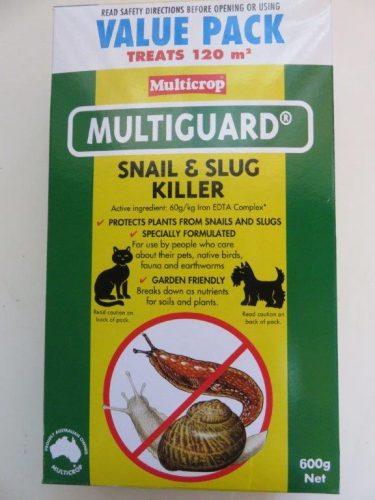
“Winter need not be a time of dreary gardens and cloudy skies, for there is a wealth of colourful plants just waiting to be planted,” writes gardening columnist CEDRIC BRYANT.
THE end of daylight saving in April, along with the change to daylight saving again in October, is the ideal reminder for a change in planting.
Winter need not be a time of dreary gardens and cloudy skies, for there is a wealth of colourful plants just waiting to be planted. Depending on the weather, it usually takes about seven to eight weeks from planting of seedlings to full flower.
Hopefully La Niña, with its excessive rain and cold days, has passed. The ground is beautifully moist, so combined with regular supplementary feeding of liquid seaweed plant nutrients, which specifically promotes strong root growth, seedlings will take off.
Get busy – pull out and compost those summer annuals, also known as bedding plants, such as petunias. Make sure the area is weed free. With the recent prolific growth of all things in the garden, we all have plenty of these. Weeds don’t go on to the compost heap; into the green bin if you have one, or the Trash Pak.
I recommend planting pansies, primulas and violas, or violets, at this time. For a stunning picture, plant in groups of the same colour. All these are annuals and will provide colour at least until late spring, then the timely reminder to replant for summer colour comes round again with changing the clocks in October.
One of my all-time favourites is the polyanthus/primrose family. These are often considered an annual, but are far from it. Ours have been in for several years, are already coming into flower, and will continue flowering until at least mid-spring.

It’s not too late to divide polyanthus, giving many more plants at no cost. The only attention required is a liquid feed every few weeks and regular applications of snail bait. Regular removal of spent flowers and old leaves will help.
Cyclamen planted in semi-shady spots will also present rich colour for months with their beautiful marbled leaves.

A VITALLY important reminder about snail bait. With the regular rain this summer, those blighters, along with slugs, have been prolific. Two of the most popular brands contain metaldehyde – I cannot over-emphasise the danger this poses to pets, wildlife or even young children. We lost our special golden cocker spaniel with snail bait based on this product. I put the packet down for a few minutes and Gypsy ate some. The vet explained there was nothing he could do as it was just like rat poison. The safer alternative is Multiguard Slug and Snail Killer, in the yellow box made from natural products and specifically recommended by TV vet Dr Harry Cooper.
Who can be trusted?
In a world of spin and confusion, there’s never been a more important time to support independent journalism in Canberra.
If you trust our work online and want to enforce the power of independent voices, I invite you to make a small contribution.
Every dollar of support is invested back into our journalism to help keep citynews.com.au strong and free.
Thank you,
Ian Meikle, editor




Leave a Reply